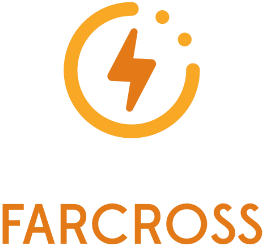OBJECTIVES
To test the state-of-the-art digital technologies, installed on the power grid and communication infrastructure, such as power flow controllers, dynamic line rating sensing systems and wide-area monitoring systems (WAMS), for optimally exploiting and maximising the capacity and security of transmission corridors.
To develop and introduce advance software solutions, including capacity allocation and reserve optimisation tools, as well as an advanced forecasting of energy production and demand response platform, to increase the cross-border capacity and the potential of cross-border grid services.
To design and propose a robust set of technical and market codes (pathways) that would enable the building up of the harmonisation of the network codes, and subsequently to the integration of national electricity markets -possibly via a regional route.
To design and present a cost-benefit analysis (CBA), based on the outcomes and lessons learnt from the project implementations and demonstrations, to enhance the planning of cross-border infrastructure investments.
To demonstrate the aforementioned hardware and software technologies and relevant concepts in realistic environments; the FARCROSS project engages TSOs and energy producers in 8 countries (Austria, Greece, Bulgaria, Romania, Croatia, Hungary, Bosnia & Herzegovina, Albania), focusing on illustrating specific functions and serving real need and existing challenges, engaging different actors of the energy value chain.
To facilitate further research and new market opportunities across the energy industry by ensuring an efficient dissemination of the FARCROSS outcomes to key stakeholders.

 This project has received funding from the European Union’s Horizon 2020 research and innovation programme under grant agreement No 864274
This project has received funding from the European Union’s Horizon 2020 research and innovation programme under grant agreement No 864274